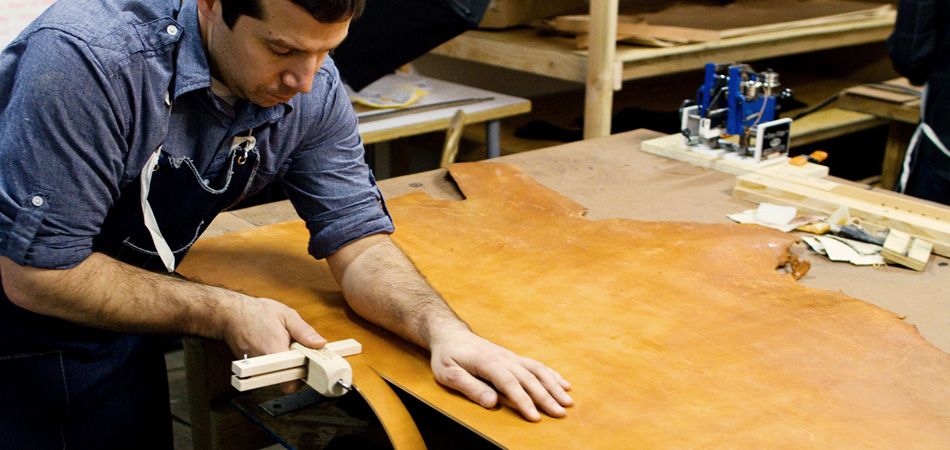BSD
Suka 14a
Kislev 23, 5781. December 8, 2020
1- Our Gemore discusses a topic that is found in many aspects of Halacha:.
Meaning that once the status of an object has been established, to change its status an action is required. Changing one’s mind is insufficient to change its status.
The case in question in regards to סכך is as follows:
One cuts a limb of a tree that has a cluster of fruit. Now, other than the fruit, all parts of this tree, trunk, branches, leaves and stems, are Kosher to use as סכך. The fruit is not. To calculate if the majority of the Suka is covered with proper סכך we need to measure the percent of the fruits versus the rest – trunk and all.

However, as we learned last week, in regard to טומאה וטהרה, the last three טפחים of the stem closest to the actual fruit are considered as part of the fruit since they ‘service’ the fruit. ידות
Thus, when calculating the percentage of fruit versus the Kosher portion of the leaves etc. (Kosher סכך), these last 3 טפחים are considered as fruit.

Now, the rule of ידות, classifying the last 3 טפחים as fruit, is only if one plans to use these stems as ידות to help him handle, move around or eat the fruit. If one plans to detach the fruit from their stems they are not considered as fruit.

Our case is about one who cut off a branch with fruit with the intention of taking it home to eat the fruit, The rules of ידות apply. The last 3 טפחים classify as fruit.
If he then decides to use the branch and fruit as סכך, his change of mind is insufficient to change the ידות classification.

One would need to do a מעשה to accomplish that.
2- Another example the Gemore brings is of a tanner who plans on turning a large piece of hide into a table top. Halachically, the end of the job is when he completes it as a table top. It is then considered finished and is מקבל טומאה.
If the tanner changes his mind after the tabletop is complete, and decides to use the leather for shoe laces, by eventually cutting it into small strips, just his change of mind is insufficient to reclassify the status of the leather. It is still considered finished even though he plans to continue to work on it- cutting it into strips.
He will need to actually cut it into smaller strips.
As above – One needs to do a מעשה to accomplish that.

3- We discussed briefly the question of expanding a Shul into the adjacent rooms when one of them served as a restroom.
4- The Gemore discusses the use of a ‘pitchfork’ as a term for תפילה.

From Sefaria:
א”ר (אליעזר) למה נמשלה תפלתן של צדיקים כעתר לומר לך מה עתר זה מהפך את התבואה בגורן ממקום למקום אף תפלתן של צדיקים מהפכת דעתו של הקב”ה ממדת אכזריות למדת רחמנות:
Apropos a pitchfork, the Gemara cites a related aggadic teaching: Rabbi Elazar said: Why are the prayers of the righteous likened to a pitchfork [eter]? It is written: “And Isaac entreated [vayetar] the Lord for his wife, because she was barren” (Genesis 25:21), to say to you: Just as this pitchfork overturns the grain on the threshing floor from place to place, so too, the prayers of the righteous overturn the mind of the Holy One, Blessed be He, from the attribute of cruelty to the attribute of mercy, and He accepts their prayers.
We mentioned the Munkatcher’s explanation of this.